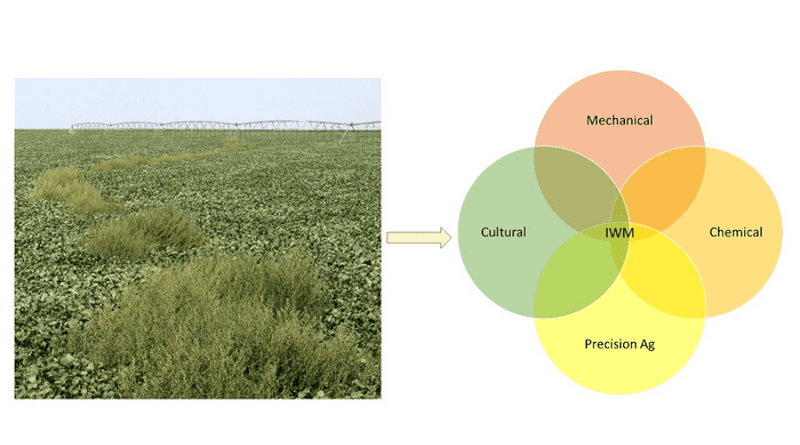Review Examines Impact Of Herbicide-Resistant Crops On Weed Management
Herbicide-resistant crops are now commonplace in the U.S. and Canada. With proper stewardship, these same crop-trait technologies can also play a key role in integrated weed management – reducing the intensity of herbicide use and the selection pressure on weed populations. But does this weed management potential match the reality in the field?
A team of university researchers recently reviewed 25 years of data on the impact of herbicide-resistant crops on integrated weed management in the Great Plains, Pacific Northwest and Canadian Prairies. In an article featured in the latest issue of the journal Weed Science, they say herbicide-resistant weeds are now ubiquitous in areas where herbicide-resistant crops are grown. While the magnitude of the issue can vary by crop, resistance trait and where the crop is grown, it is largely influenced by whether growers resist the temptation to rely solely on herbicide-resistant crops.
“Slowing the evolution of herbicide-resistant weeds will require diverse crop rotation sequences involving multiple herbicide-resistant and nonherbicide-resistant crops,” says Caio Brunharo of Oregon State University, a member of the research team. “Unfortunately, though, few growers and land managers are adopting this approach.”
The authors recommend adding new teeth to registration requirements and industry stewardship plans – backed by comprehensive training for seed retailers, agronomists and growers. They also suggest the use of financial incentives to promote adoption of proper stewardship practices.

